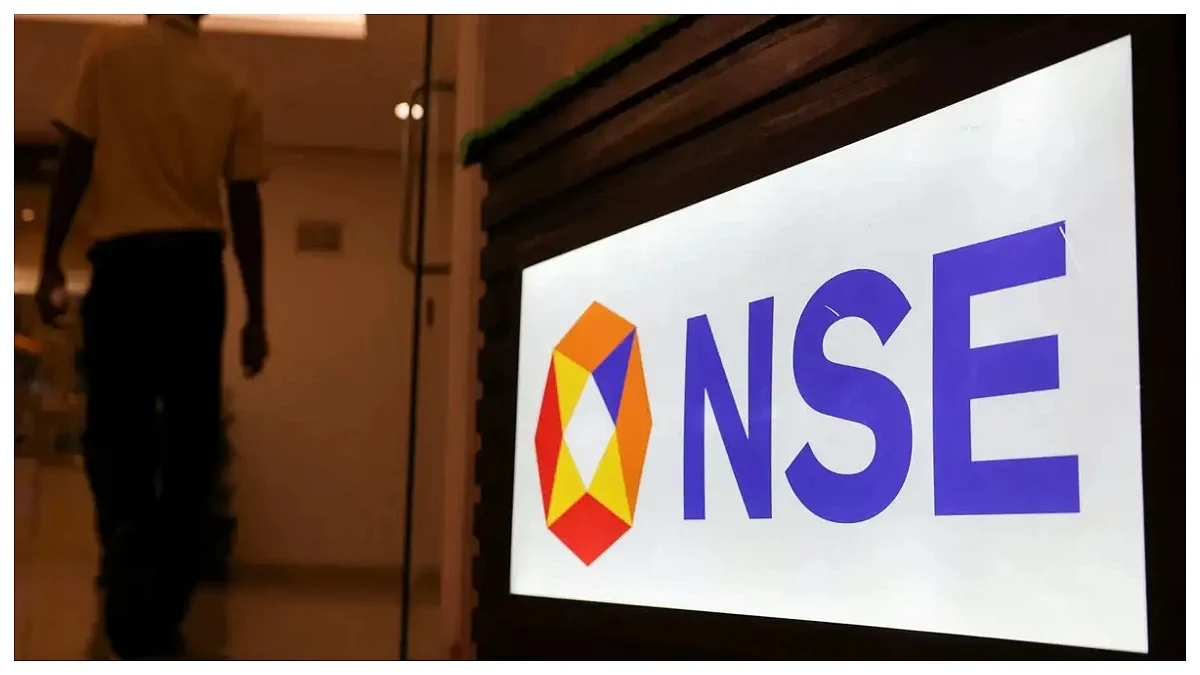Medical Technology Association of India (MTaI), which represents leading research-based medical technology companies with large footprint in manufacturing and training in India, on Wednesday said that the industry expects the government to address the pending list of asks in the upcoming Union Budget 2024.
In 2023, the government brought in several new reforms like the National Medical Device Policy (NMDP) and Promotion of Research & Innovation in Pharma MedTech sector (PRIP) with the aim to elevate India’s MedTech industry to become a pathbreaker globally. Efforts undertaken to reduce compliance burdens and create globally harmonized regulations have been welcomed by the industry as already evident from the FDI picture of the first three quarters of 2023.

There are however hurdles that still continue to restrict the sector from reaching its potential. For example, despite healthcare being a critical segment, it continues to attract very high tariff and customs duty rates and suffers from the imposition of additional health cess ad valorem levied on the sector.
Mr. Pavan Choudary, Chairman- MTaI and Managing Director- Vygon India, said, “It is heartening to see that the government has placed affordability as one of its top priorities. However, the customs duties and taxes levied on medical devices in India are one of the highest in the world and highest among the neighbouring countries which directly impacts patient affordability; this is therefore contradictory to what the government is trying to achieve. As per government data, more than 80% of critical medical devices are imported into India to meet the rising demand for quality healthcare. We hope that as the preparation for the Union Budget 2024 gets underway, a correction on the tariff rates is urgently being considered.”

Mr. Sanjay Bhutani, Director, MTaI and Managing Director, Bausch & Lomb, said, “While India's reliance on medical device imports may seem very high at first glance, a closer scrutiny provides a different picture. The rise in imports in India is primarily on account of the increasing demand for medical devices on the back of the rising population coupled with an increase in lifespan and lifestyle-related diseases. Moreover, the expansion of universal coverage schemes with initiatives like Ayushman Bharat (PMJAY) has amplified the demand for quality healthcare. However high taxation in the form of customs duty, and health cess, coupled with GST is detrimental to the interest of the patient as well as the industry. We believe customs duty rates should be lowered to 2.5% for all medical devices."
The issues which need to be addressed in the budget this year are stated in detail below:
1. Reduction of High customs duties to 2.5% on medical devices
For products where the ability to import-substitute is still some time away; the high customs duty should be reduced. The high customs duty has adversely impacted the costs for medical devices in India which is as stated above counterproductive to governments’ goals.
Additionally, since the custom duty regime on most of the medical devices in many neighboring countries is lower than in India, the difference in duties created could lead to the smuggling of the low-bulk-high-value devices. The result will not only be loss of revenue for the government but also the patient will be beset with products which are not backed by adequate legal and service guarantees.
2. Removal of Healthcess ad valorem
The 5% healthcess ad valorem imposed on imported medical devices has further compounded the burden on the industry. India, like any other country which is catering to its healthcare demand fairly well, almost always rely in imports too. Therefore, an additional tax threatens to not only dent the access to advanced medical equipment coming to India but will also leave patients bearing the brunt of these additional costs adding to the inflationary spiral.
3. Increase public health spending to meet healthcare demand-supply gap
As per the recommendations of the Fifteenth Finance Commission, the public health expenditure of Union and States together should strive to reach 2.5 per cent of GDP by 2025. India currently has only 1.3 hospital beds per 1,000 population. An additional 3 million beds will be needed for India to achieve the target of 3 beds per 1,000 people by 2025. A similar gap exists in the availability of treatment services, as up to 60% of health facilities are concentrated in a handful of large cities across the country. Therefore, there is a need for focussed increase in public spending on health infrastructure especially in Tier 2, Tier 3 cities and rural areas in the Union budget 2024-25.
4. Incentivizing Skilling initiatives to bridge skill gap
At present, there is an acute shortage of skilled healthcare workers, with 0.65 physicians per 1,000 people (the WHO standard is 1 per 1,000 people) and 1.3 nurses per 1,000 people. It is estimated that another 1.54 million doctors and 2.4 million nurses will be required to meet the growing demand for quality healthcare in India due to initiatives like Ayushman Bharat (PM-JAY). To meet this demand, the private sector can be encouraged to take-up workforce skilling activities along with NSDC or HSSC for which tax incentives can be provided. (MTaI members already train more than 2.5 lakh HCWs annually across the country).
5. Expanding the coverage of government health insurance schemes to include day care surgeries and home healthcare
i. New-innovations in medical technology like Minimally Invasive Procedures, Robotic Assisted Surgery (RAS), etc. have drastically reduced the procedure time enabling hospitals to perform surgeries in hours thereby avoiding patient hospitalization. Such day-care procedures have not only helped the patient who can begin recovery sooner, but also reduced bed occupancy time allowing hospitals to serve the next patient sooner and many a time costs the payer lesser. However, barring a few procedures like cataract, dialysis, etc; procedures which do not require overnight hospitalization are not covered in insurance coverage schemes.
ii. Similarly, homecare should also be encouraged by covering under insurance schemes. Homecare allows the delivery of essential health care services like doctor care, nursing care, occupational and physiotherapy to patients at their home and has been particularly beneficial for senior citizens, chronically ill and persons with disability. Coverage of homecare services will benefit both patients and hospitals by reducing the cost of care and by increasing the availability of hospital beds.
6. Tax Deduction at Source related to providing any benefit or perquisite to a resident (Section 194R of The Income Tax Act) and applicability on Medical Samples
i. The demo equipment/device is used by doctor as a normal customer to take a purchase decision, and as such use of demo equipment/device should not be covered under the provisions under “use of business asset”. Under the current provisions of IT Act even the value of the demo equipment/device has to be proportionately considered as passing on the benefit to the Doctor where Demo is placed, including the value of any accessories/spares necessary for Demo. We must be cognizant that no Doctor will be in a position purchase a medical equipment until they have made a test use of demo and found this satisfactory for the treatment of their patients. To attribute a value against this as income of the Doctor is erroneous and cause avoidable challenge to the manufacturer as well the Doctor. There needs to be specific exemption under the existing law to exclude placement of equipment for Demonstration/Test use. We request that a clarification be issued by CBDT under FAQ to remove this ambiguity.
ii. Issuance of samples to Doctors is a well-established practice and is in the best interest of patients. The samples issued to Doctors are marked as “not for sale” and accordingly there is no income accruing to Doctor on use of the samples for their patients. Accordingly, such samples that are marked as “not for sale” should be excluded from the coverage of these provisions as this would result in undue cost to the suppliers/customers. Further, it may be noted that no two medical devices are same, and they vary in usage technique significantly. Hence for medical devices, it is essential to train and also upskill the surgical, ICU, laboratory teams with hands-on training before they start using the medical devices. This is a regulatory mandate as well and the onus to provide training lies with the manufacturers of innovative devices.
The mandate to deduct 10 % TDS on the samples provided to hospitals/ individual consultants, above 20000 INR (which may be just a few catheters/ consumables/ disposables where medical devices are concerned), will affect clinical up-skilling, re-skilling and also affect medical research. It would also cause undue complications to the tax assessment.

7. GST on healthcare services
Healthcare services are currently under exempt category, which means, while the service provider would not charge GST, they would also be able to avail input credit, resulting in GST up to input stage being included in cost of service provider and eventually recovered from patient by way of higher treatment costs. It is recommended that Healthcare services should be zero rated instead of being under “exempt” category. Once zero rated, Hospitals will be able to avail GST credit on inputs, leading to lower healthcare services cost for patients.










